A NATO maritime task group has been operating in the Arctic and High North, conducting a series of naval exercises designed to enhance cooperation, readiness, and maritime presence in the increasingly strategic region.
Ships from Standing NATO Maritime Group One (SNMG1) recently carried out manoeuvring drills involving vessels from four allied nations. The flagship HNLMS De Ruyter (Netherlands), FGS Rhön (Germany), NRP Bartolomeu Dias (Portugal), and HNoMS Thor Heyerdahl (Norway) participated in the coordinated exercise, which took place during the group’s Arctic deployment.
The activity was confirmed in a social media update by NATO Maritime Command.
Standing NATO Maritime Group One conducted a manoeuvring exercise during their Arctic deployment in the High North. #SNMG1 Flagship HNLMS De Ruyter (F804), FGS Rhön (A1443), NRP Bartolomeu Dias (F333) and HNoMS Thor Heyerdahl (F314) all took part in the exercise to strengthen… pic.twitter.com/FmuAEVrJMp
— NATO Maritime Command (@NATO_MARCOM) August 4, 2025
The deployment forms part of NATO’s broader efforts to maintain a visible and credible maritime presence in the High North. “Our operations in the Arctic and High North reflect the Alliance’s enduring commitment to peace, stability, and freedom of navigation. Operating in this region demands resilience, adaptability, and seamless cooperation – qualities NATO forces continue to demonstrate every day,” the Allisance stated.
As maritime activity increases in Arctic waters, NATO has identified the region as a key area for maintaining collective security and maritime domain awareness. The Alliance cites melting sea ice, shifting trade routes, and the presence of valuable natural resources as factors reshaping the region’s strategic relevance.
The release also highlighted NATO’s work with regional Allies and partners to preserve open sea lanes and deter destabilising activity. The group’s ongoing operations aim to build experience in a challenging operating environment characterised by harsh weather and limited infrastructure.
Seven NATO Allies have territory within the Arctic Circle, including Canada, Denmark, Finland, Iceland, Norway, Sweden, and the United States. The involvement of these nations underlines what the Alliance calls a “cooperative and inclusive approach to Arctic security.”
SNMG1 is one of NATO’s four standing maritime task groups under Allied Maritime Command. These units form the maritime backbone of NATO’s Allied Reaction Force and are maintained at high readiness to respond to emerging threats across the Alliance’s area of responsibility.





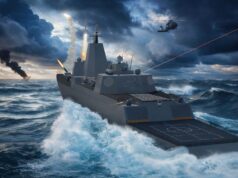
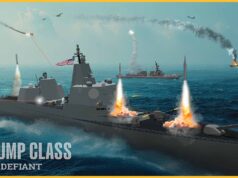
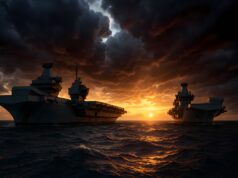
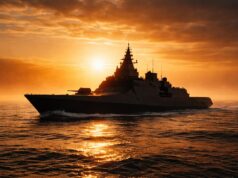


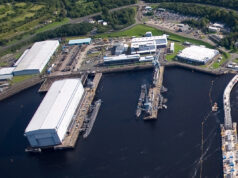

“Don’t worry chaps, we’ll catch up with you later”.
Anyone seen any RN ships lately ?
Not certain whether any/all NATO members (including US) take Arctic/High North ops. seriously enough. Climate change will undoubtedly increase competition w/ significant CRINK elements in the foreseeable future.
Canada just finished building the last of the 6x Harry Dewolfe Class arctic OPVs as well as investing in arctic defence surveillance (Australian over the horizon radar)and infrastructure/facilities.